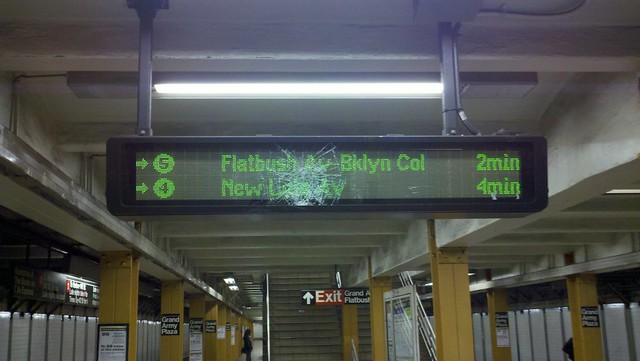
Today is an anniversary of sorts for our beleaguered subway city for 107 years ago on October 27, 1904, the Interborough Rapid Transit company launched the city’s first subway line. To celebrate, the MTA, one of its licensing partners and Macy’s unveiled a boutique in the Macy’s Cellar that will be hawking subway-themed merchandise through the end of the year.
The collection, created for Macy’s by Gouda, Inc., will be entitled NYC Underground, and the shop includes apparel, accessories and a variety of other products adorned with subway maps and route bullets. The store itself will be decorated with subway maps, station signs and benches and old metal straps from the now-reefed redbirds.
For the MTA, the store offers a chance to earn more on licensing. The authority is paying no rent to Macy’s and will enjoy prominent placement throughout the holiday shopping season. “As we look to make every dollar count across everything the MTA does, we’re working to enhance the value of the MTA brand and trademarks,” Paul Fleuranges, the authority’s Senior Director of Corporate and Internal Communications, said. “We are delighted to be able to do that with a prominent presence in such an iconic and world-renowned space.”
In exchange for the space, Macy’s will be slapping its logo on a variety of products for sale — including apparel with the subway map and Macy’s store. The MTA, which makes $500,000 a year in licensing fees and royalties, says this is its first foray into direct, co-branding collaborations. And to think, it took only 107 years.








